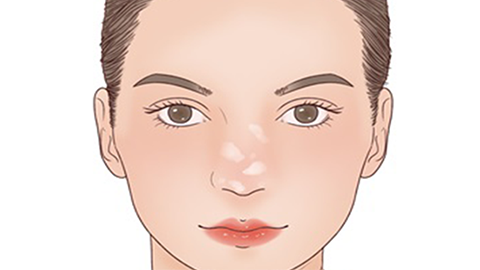What causes white patches on the face?
White patches on the face may be caused by dry skin, lack of trace elements, pityriasis alba, tinea versicolor, vitiligo, and other conditions. Appropriate management can be selected according to specific situations. If physical discomfort occurs, it is recommended to visit a hospital promptly and follow medical advice for treatment.

1. Dry Skin: Neglecting skin moisturizing in daily life or staying in a dry environment may lead to rapid loss of skin moisture, abnormal keratinocyte metabolism, and the formation of white patches. It is important to strengthen skin moisturizing, use gentle facial cleansers, and avoid excessive cleansing. Apply moisturizing lotion or cream daily, use hydrating face masks regularly to replenish skin moisture, improve dryness, and reduce the occurrence of white patches.
2. Lack of Trace Elements: Picky eating habits can lead to deficiencies in zinc, iron, vitamin B complex, and other trace elements, which may affect normal skin metabolism and cause white patches. Adjust your diet to ensure balanced nutrition, consume more foods rich in trace elements such as lean meat, nuts, leafy vegetables, and whole grains. If necessary, take multivitamin tablets under a doctor's guidance to supplement needed nutrients.
3. Pityriasis Alba: This condition may be related to dry skin, sun exposure, malnutrition, or intestinal parasitic infection. Symptoms include round or oval hypopigmented patches on the face with fine scales on the surface; usually no subjective symptoms are present. Under a doctor's guidance, patients can apply medications such as urea vitamin E cream, vitamin B6 ointment, or tacrolimus ointment to improve symptoms.
4. Tinea Versicolor: This condition is caused by Malassezia infection of the stratum corneum. Contributing factors include hot and humid environments, excessive sweating, and low immunity. Symptoms include clearly demarcated pinpoint macules on the face that gradually enlarge to the size of a fingernail, appearing white, pale red, or brownish with a bran-like scale on the surface. Patients may use ketoconazole shampoo, bifonazole cream, itraconazole capsules, or other medications as directed by a physician to relieve symptoms.
5. Vitiligo: Autoimmune factors, heredity, and neuro-psychiatric factors may destroy melanocytes, reducing melanin production and causing clearly defined smooth white patches on the skin with no scales. Under medical guidance, patients can use mometasone furoate cream,白癜风丸 (Bai Zhi Feng pills), or驱白巴布期片 (Qu Bai Babu Qi tablets) to alleviate symptoms.
It is recommended to keep the skin moisturized and clean, avoid using irritating skincare products and cosmetics, maintain good dietary habits and lifestyle, which can help prevent and improve this condition.




